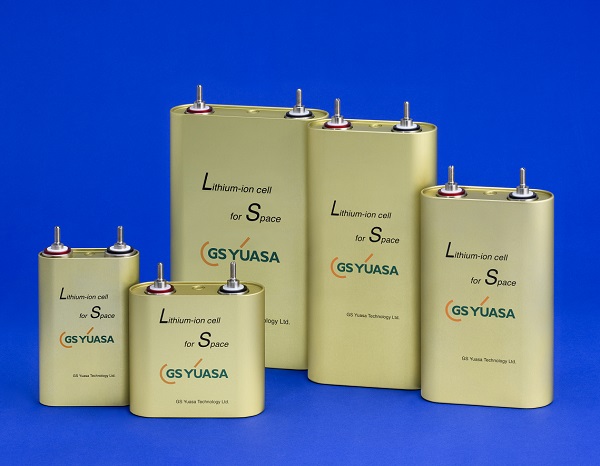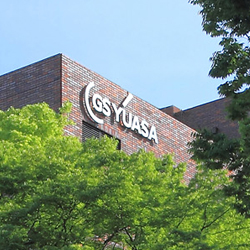GS Yuasa Corporation (Tokyo Stock Exchange: 6674; “GS Yuasa”) announced that the lithium-ion batteries manufactured by group company GS Yuasa Technology Ltd. (“GYT”) have been installed in the H-IIA Launch Vehicle No. 37 (H-IIA F37; with upgraded function), launched from the Tanegashima Space Center by Mitsubishi Heavy Industries, Ltd. (Tokyo Stock Exchange: 7011; “MHI”) and Japan Aerospace Exploration Agency (“JAXA”) on December 23, 2017, as well as the Global Change Observation Mission - Climate "SHIKISAI" (GCOM-C) satellite and the Super Low Altitude Test Satellite "TSUBAME" (SLATS)*1 carried by the rocket.
Given their highly rated technological capability and reliability, with proven high performance in the harsh space environment, GYT’s lithium-ion batteries have an excellent track record of being adopted in a number of rockets and artificial satellites.
Starting with H-IIA Rocket No. 8 in 2006, GYT’s rocket lithium-ion batteries have been adopted by all H-IIA and H-IIB rockets and they have been supplying power to rocket control equipment. As for its artificial satellite batteries, GYT’s lithium-ion batteries have been installed in a number of spacecraft in Japan and elsewhere ever since they were sent to space in a space feasibility experiment for the first time in 2003. These lithium-ion batteries supply electricity to satellites and experimental machines when they go into the shadow of the earth*2, and the batteries installed in SHIKISAI and TSUBAME also perform the same task.
GYT develops, manufactures and distributes cells, batteries and power sources for special applications and has been supplying high-performance, high-quality batteries for special environments of sea, land and air (from depths of 6,500 meters below the ocean surface to 36,000 kilometers high in space).
The GS Yuasa Group will continue to contribute to space development projects through the development and manufacturing of high performance lithium-ion batteries going forward.
*1 See JAXA websites for details.
Global Change Observation Mission - Climate "SHIKISAI" (GCOM-C) http://www.jaxa.jp/projects/sat/gcom_c/index_j.html
Super Low Altitude Test Satellite "TSUBAME" (SLATS) http://www.jaxa.jp/projects/sat/slats/index_j.html
*2 The artificial satellite operates on electricity supplied by solar cells but there are periods when it does not receive sunlight as it goes behind the earth while orbiting. During this period, the lithium-ion batteries supply the electricity necessary for operation of the satellite.
■1. H-IIA Rocket No. 37
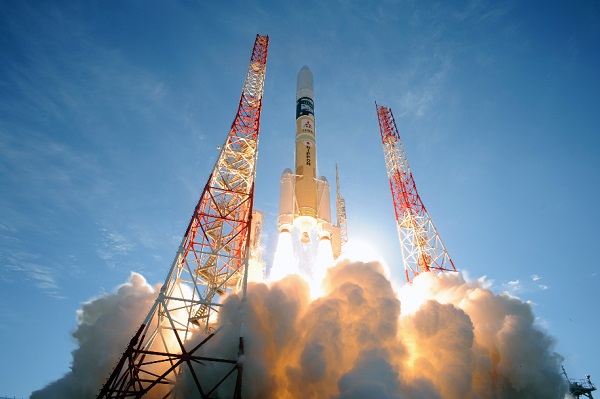
(© Mitsubishi Heavy Industries, JAXA)
■2. Lithium-ion battery for H-IIA Rocket
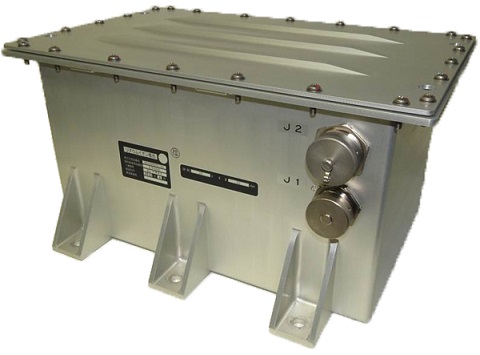
■3. Global Change Observation Mission- Climate "SHIKISAI" (GCOM-C)
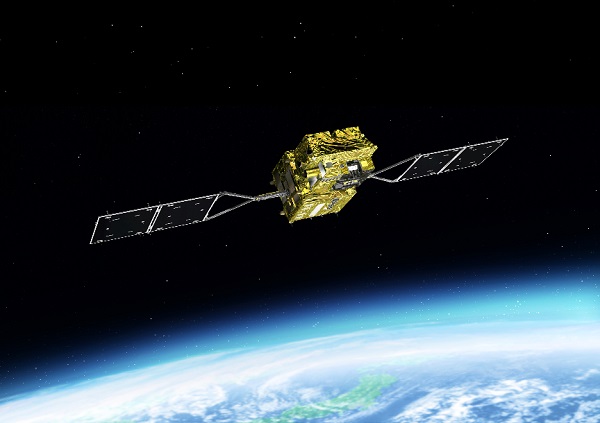
(© JAXA)
■4. Super Low Altitude Test Satellite "TSUBAME" (SLATS)
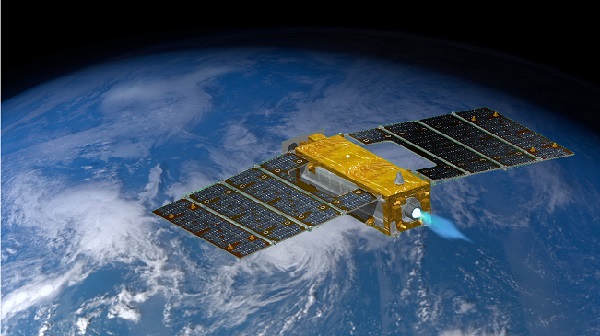
(© JAXA)
■5.Space-use lithium-ion batteries
